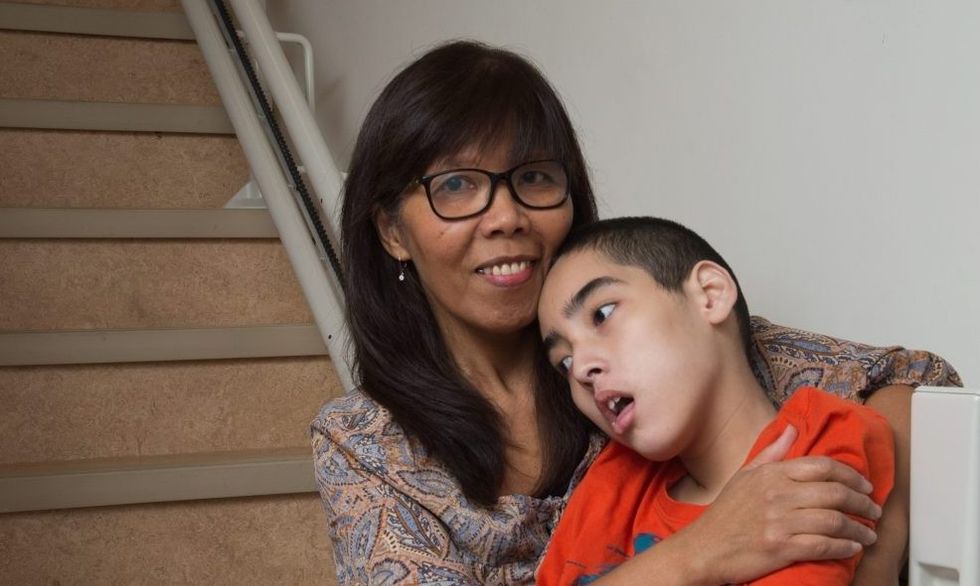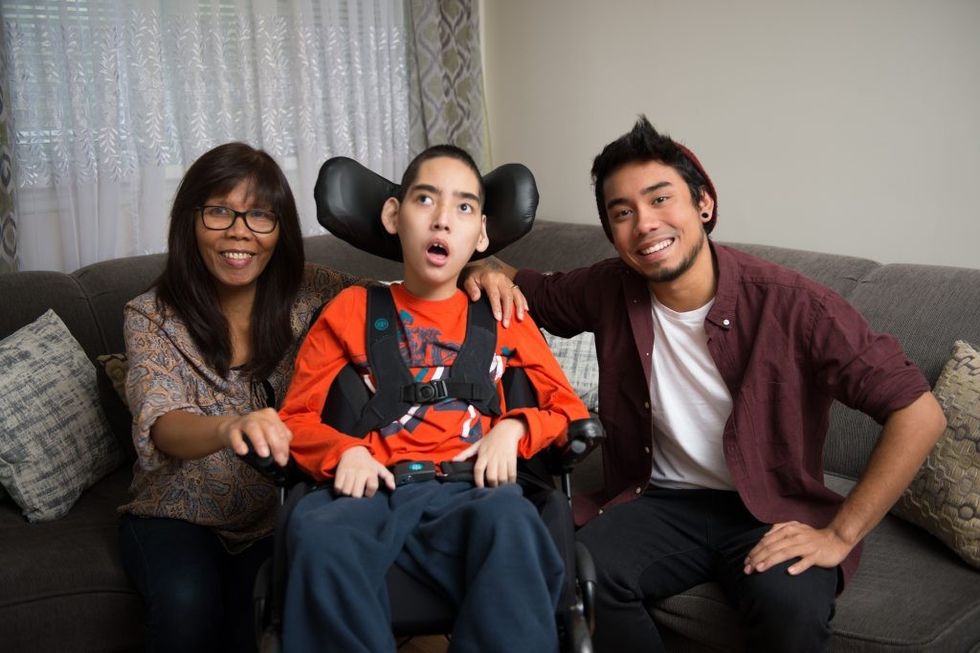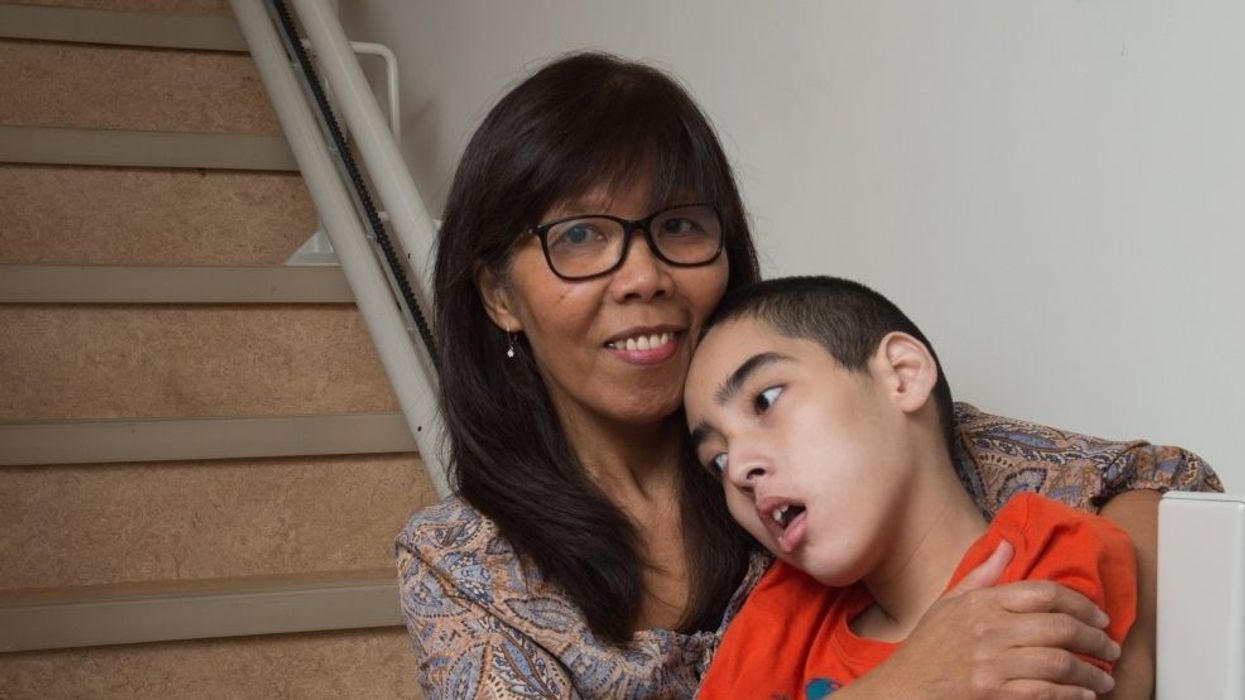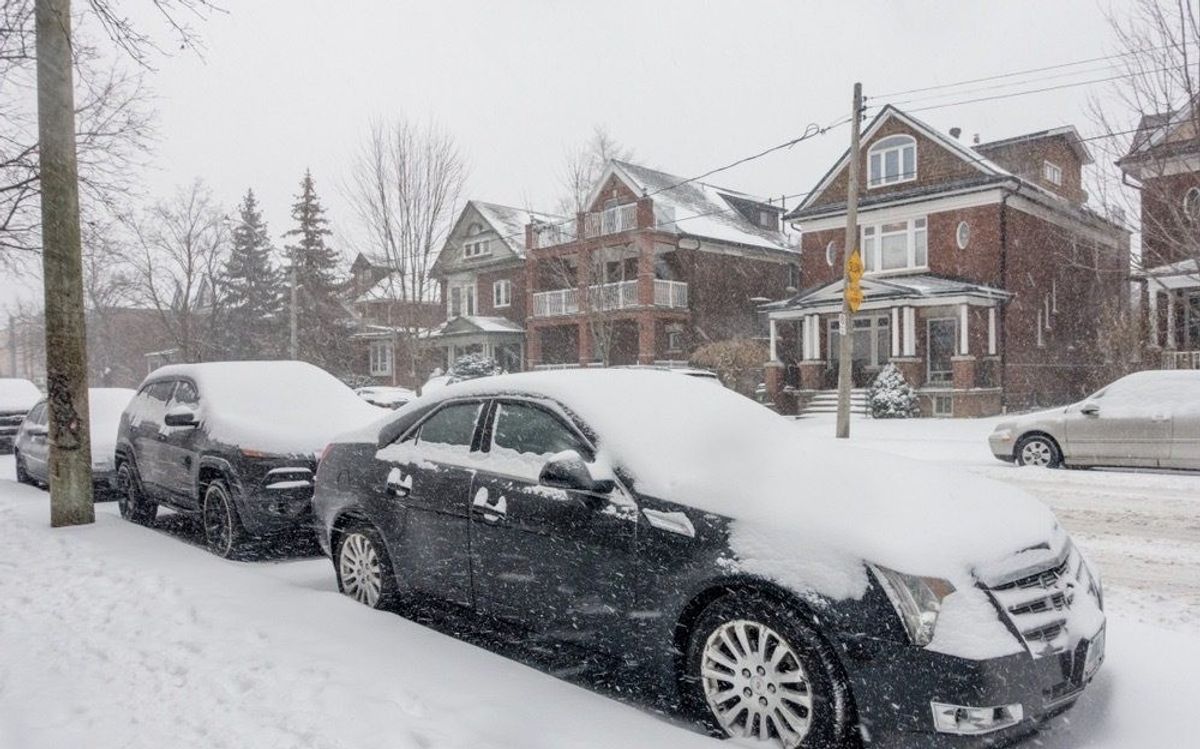
The Habitat for Humanity model may not be what you imagine ...
Habitat for Humanity Greater Toronto Area doesn’t give away homes. In lieu of a down payment, Habitat homeowners volunteer 500 hours of sweat equity, building their own homes, and the homes of others. They also volunteer in Habitat ReStores. Habitat homeowners make zero-interest mortgage payments on the market value of their home, capped at 30 per cent of their income. This removes the barriers of ownership and allows working, low-income families to build better lives for themselves and their children.
After moving into their home, families see income increases each year, as they build equity. This helps to break the cycle of poverty. Also, Habitat homeowners see improvements in their family’s health and see their children’s grades and confidence improve — as you will discover in the Valderrama family story.
Leomina Valderrama shares her family's personal Habitat for Humanity story:
When my family began our journey with Habitat for Humanity GTA, I was determined to offer my then-four-year-old son Brendell the best life possible. Confined to a wheelchair, my son uses an oxygen tank to breathe and a feeding tube to eat. Brendell suffers from cerebral palsy and a seizures disorder. He requires 24-hour care to survive.
During the first three months of his life, I called the hospital home. We bounced around to five different hospitals in three months just to keep Brendell alive. Our first Christmas as a family was spent by Brendell’s side at the children’s hospital.
When Brendell arrived home from the hospital, I had to quit my job to take care of him full time. My husband took on a second job to provide for the family, the best he could.
Living in a small basement apartment was a daily struggle for us. We didn’t have enough space in our home for Brendell to move around with his equipment — equipment that kept him alive.
I remember when he was young, how we had to move him with his wheelchair and oxygen tank just to get ketchup out of the fridge when we were having dinner. Since our place was so small, we ended up eating most of our meals in the living room, as there wasn’t enough space for our family to eat around the table.
To make matters worse, mold ran rampant in our home, severely affecting Brendell’s ability to breathe. The landlord refused to change the old carpets which collected dust and released foul odors. This caused the mold to spread.
So Brendell continuously got sick living in our apartment. On average, we had to take him to the hospital five times a year because of severe asthma attacks and pneumonia triggered by the condition of our apartment. It put a lot of stress on our family.

And on top of all that, I had to lift Brendell out of his wheelchair just to carry him down the stairs to the sidewalk. This was always a struggle — especially during winter. Because of this, on heavy snow days, he was forced to miss school.
After learning that we had been accepted as a Habitat partner family ... that we would have a home that wouldn’t cause Brendell even more pain … It was one of the happiest days of our lives.
There’s room for Brendell to move around — with his life-saving equipment. We have hardwood floors now, instead of carpeting, which helps his breathing. And we finally have enough space to have family meals together around the table.
Since the move, Brendell's hospital visits have become rare. And I believe our Habitat home is a big reason why.





















